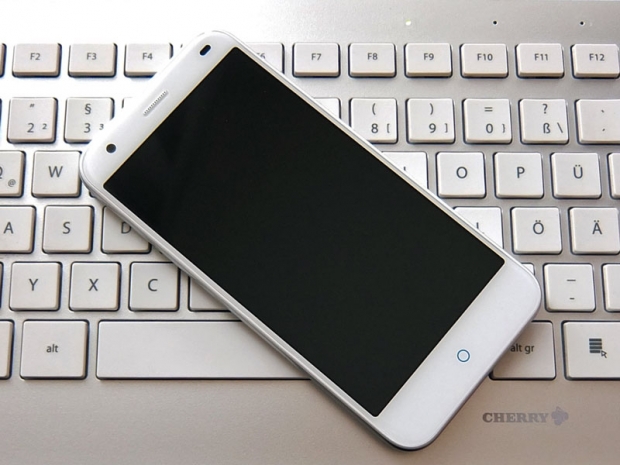Index
Audio, Display and Camera Quality
The 5-inch 720p IPS panel is more or less standard, and obviously contrast isn’t on a par with AMOLED panels. As far as colours go, we were rather pleased with what we got, especially indoors. There’s a slightly warm tint to it and the overall quality is pretty good for this type of device. Redeeming features include relatively small bezels for a 5-inch device and good looking sheet of curved glass on top. The panel is not very bright, so it’s not great outdoors, but this is true of most phones in this price range, so we really can’t hold it against the ZTE.
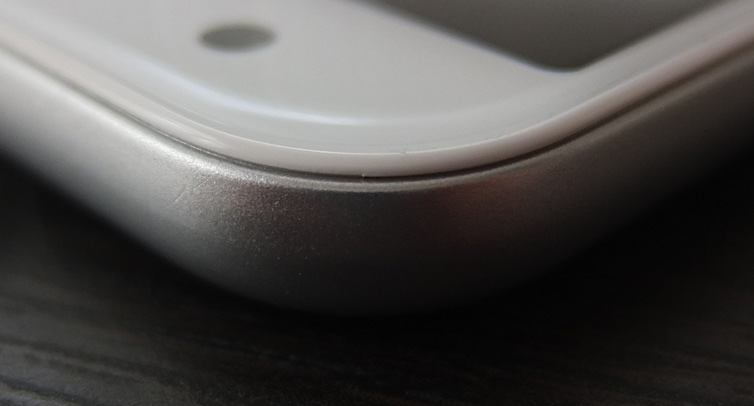
We couldn't escape the feeling that the lovely 2.5D glass also creates a bit more reflections than standard panels, but the curved edges obviously have nothing to do with it. The curves feel quite nice and remind us of the Moto X and iPhone 6 (which is obviously no coincidence). While this is a 720p display, bear in mind that at 5 inches it ends up with a pixel density of 294ppi, which is good enough, especially for a mid-range device.

Overall, very few people will complain about the display.
Audio quality is surprisingly good. Unlike many Chinese phones, the ZTE Blade S6 has a noise cancelling microphone and thanks to years of experience on ZTE’s part, phone functionality is excellent. The microphones are good and call quality is top notch. The rear speaker is loud, although it can sound “tinny” when confronted with a lot of bass.

As for line-out audio output, we were equally impressed. There’s no static, stereo separation is excellent, the amp is relatively powerful and we couldn’t escape the feeling that we were playing around with a high-end device. We’re not sure what sort of components ZTE chose to use, but this is really good news for music lovers, who will also appreciate the microSD slot.
The 13-megapixel camera uses Sony’s IMX214 sensor, which is currently the most prolific imaging sensor in Chinese mid- to high-end phones. In fact, it’s used in much more expensive devices like the OnePlus One and Xiaomi Mi4. It’s not bad, and the fast aperture also helps.
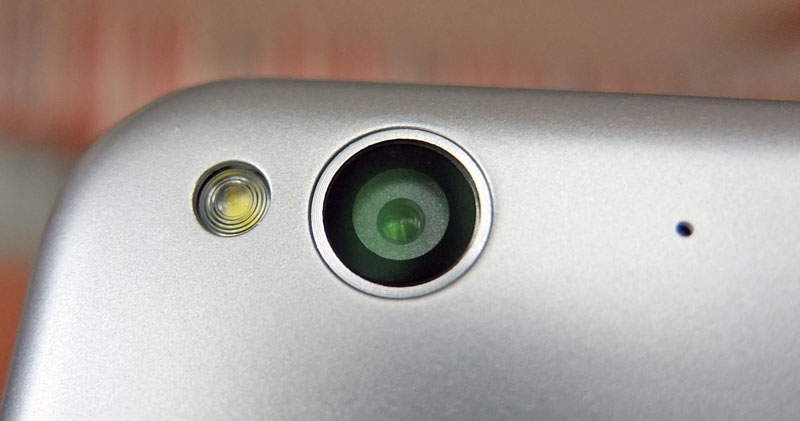
However, ZTE’s camera software leaves much to be desired. The issues are not hardware related – the sensor is good and we suggest you download a third-party camera app, or Google Camera. Interestingly, ZTE ships the phone with Camera360 preinstalled, which leads us to conclude that the company is aware that its own camera app isn’t quite there yet.
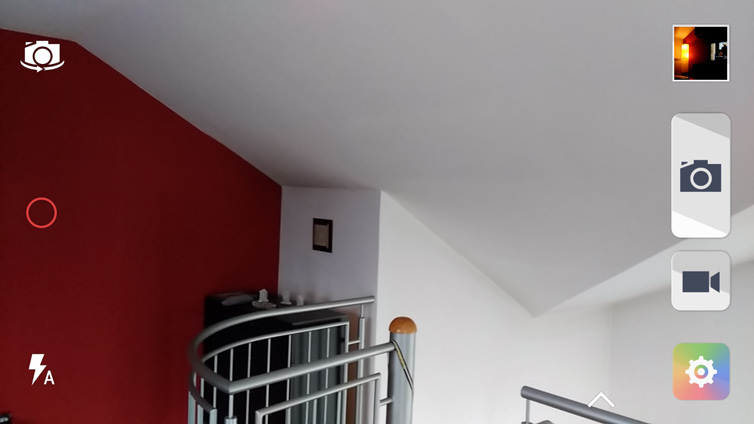
The stock camera app offers two user interfaces; a streamlined, basic UI designed for speed and simplicity, and a more comprehensive Pro mode, which offers quite a bit more control.
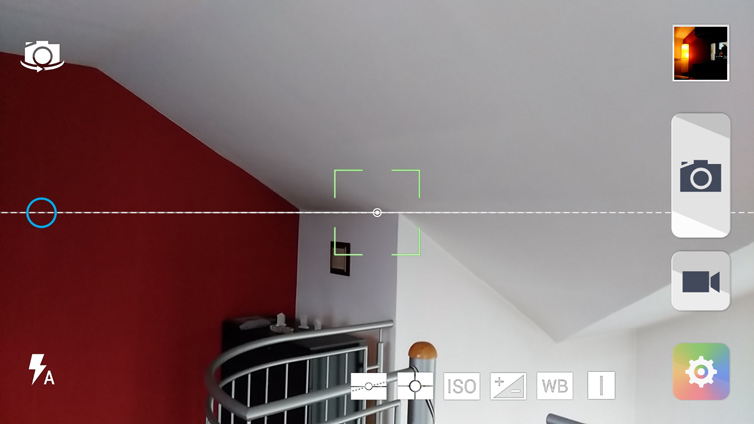
The UI is not bad, but the stock camera app can deliver inconsistent results in some situations. However, the hardware clearly has potential.

As our 100% crop tests demonstrate, indoor images taken in the Fudzilla cafeteria are quite good, both in daylight and under incandescent lighting.

The ZTE Blade S6 also packs a relatively powerful LED flash.
As far as outdoor shots go, we had a chance to try it out on a perfect day for HDR shots – scattered clouds, just after noon, almost no junkies in the park.
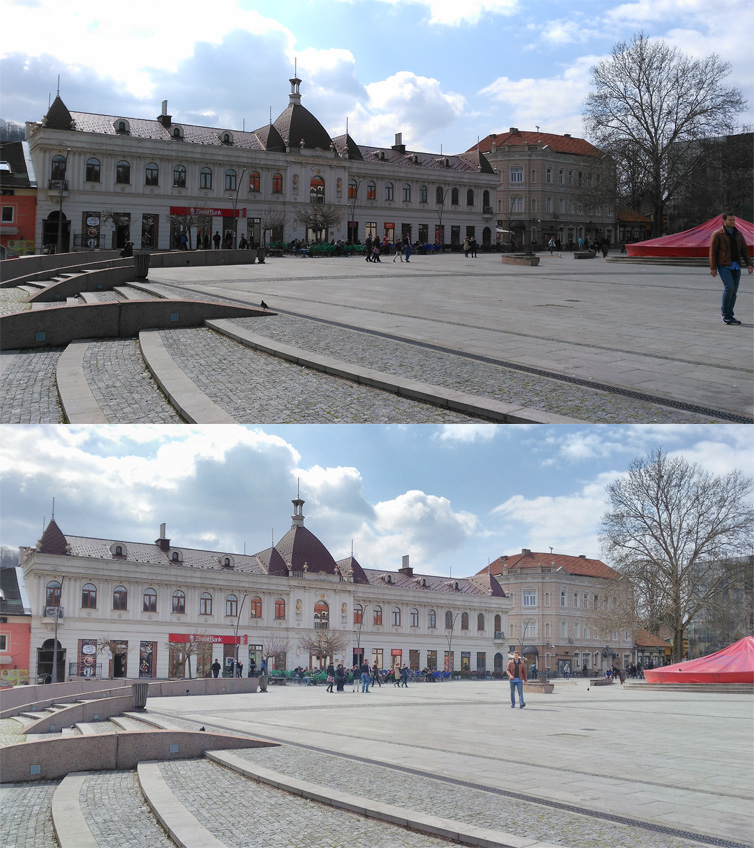
As you can see, the HDR mode is a tad too aggressive on the shadows and "flattens" the image. Still, it does boost dynamic range. Note the clouds in the upper left corner.

Luckily, HDR does not kill too many details, as this 100% crop shows.
The camera can also capture 1080p video and we have no complaints about the quality, save for the nervous autofocus. The stock app also allows the user to capture high frame rate video and there’s a time lapse mode as well, which is nice.
The 5-megapixel front camera is a wide angle affair and it delivers average results. It’s more than adequate for the occasional video call or selfie, provided you’re not in a dark environment.

